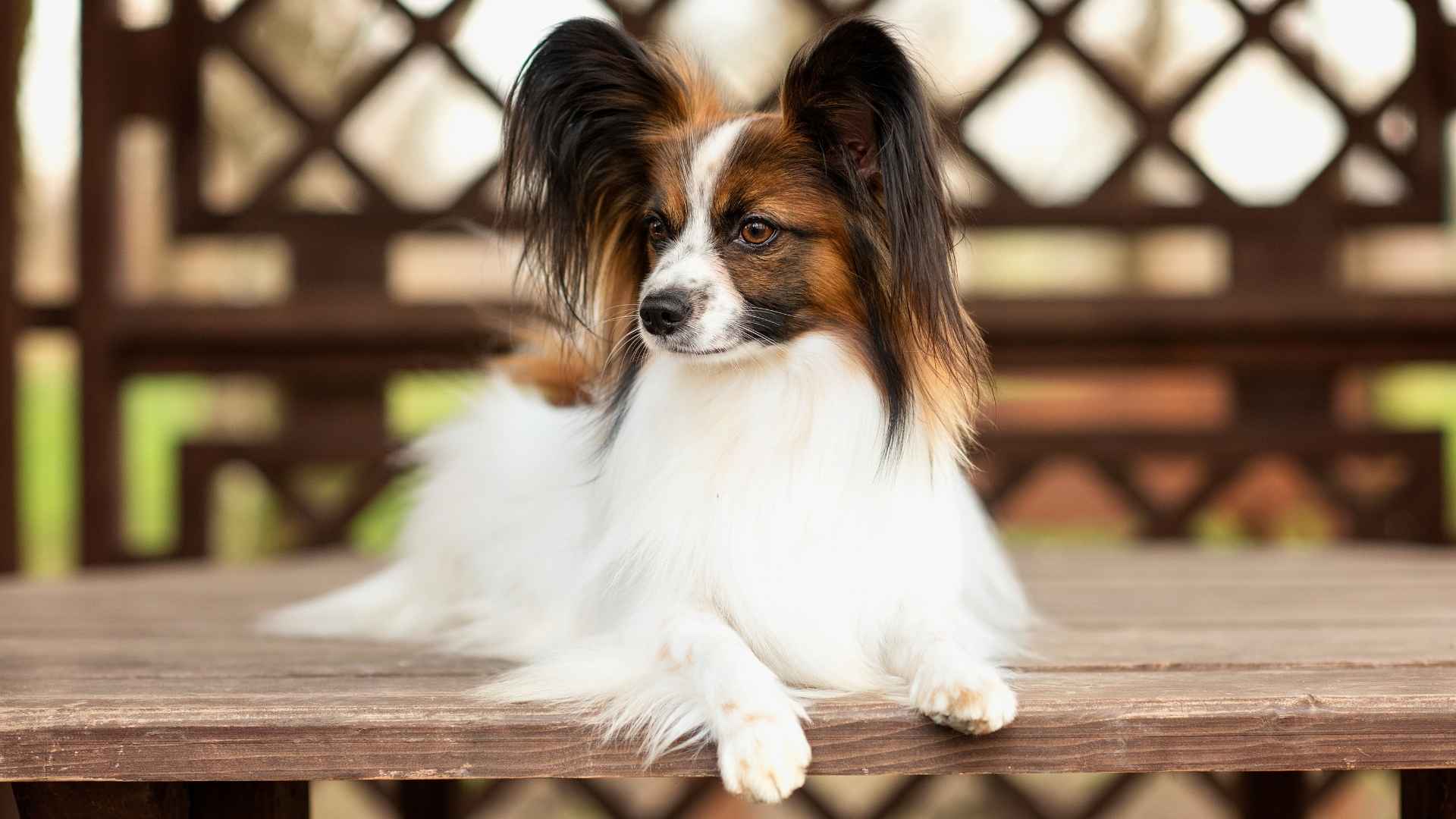What if the dog you thought was just “cute and cuddly” was actually outsmarting you in small, silent ways? It’s easy to label certain breeds as smart based on what we’ve seen on TV or in competitions.
But intelligence in dogs doesn’t always show up through performance. Some dogs solve problems. Some anticipate your moves. Others comfort you before you even speak.
They may not make the “Top 10 Smartest Breeds” list, but that doesn’t mean they aren’t thinkers. In fact, some of the most overlooked breeds are experts in emotional intelligence, situational awareness, and quick learning. We just haven’t been watching closely enough.
In this article, we’re taking a fresh look at dog breeds that often get underestimated—breeds that reveal their brilliance in ways that are quiet, personal, and surprising.
Dog Breeds That Are Smarter Than You Think
1. Labrador Retriever
Labradors are widely praised for how quickly they pick up commands and routines. Their ability to follow multi-step instructions makes them highly dependable in both home and working environments. They’re also known for understanding voice tone and body language effectively.
Excellent Memory and Pattern Recognition
They have shown strong recall in tests involving routes, sounds, and object associations. This ability helps them navigate tasks like tracking or fetching items based on past experience. It’s a key reason they perform well in structured training programs.
Highly Trusted in Service Roles
Labradors are often selected for work in guide dog programs, disaster response teams, and rehabilitation centers. Their calm focus and steady temperament contribute to their growing use as certified therapy dogs in multiple countries, as mentioned in Assistance Dog International.
A Top Contender Among the Smartest Dog Breeds
In rankings across the dog world, Labradors consistently appear in lists of the smartest dog breeds. They combine trainability with real-world application, making them stand out in fields that require both skill and reliability.
2. Miniature Schnauzer
Miniature Schnauzers are often underestimated due to their size, but they are naturally sharp and observant. They quickly recognize changes in their surroundings and respond with focused attention. Their alertness also makes them excellent watchdogs.
Learns Best Through Clear Boundaries
This breed performs well when given clear tasks and consistent training. Their intelligence shows in how they connect routines with expectations, such as knowing when it’s time for walks or meals. Mental repetition helps sharpen their decision-making.
Knows How to Navigate Social Settings
Miniature Schnauzers are often good at interpreting social energy, adjusting their reactions based on the people or pets around them. They tend to be more comfortable when raised alongside other dogs from an early age. This helps build confidence and control.
Naturally Bonds with Core Relationships
They often develop strong attachments to individual family members, sometimes acting as the unofficial shadow in the house, as per PetMD. Their ability to read emotions and provide support adds depth to their companionship. This trait also makes them eager to cooperate.
3. Papillon
Papillons are alert dogs with strong visual focus and quick environmental scanning. Their attention to changes in posture, pace, and even small hand signals reflects a sensitivity that enhances training. They are highly responsive to human body language during interaction.
Cognitive Strength Beyond Expectation
Ranked consistently high in obedience and working tests, the breed is recognized for fast learning. Their mental sharpness has been proven across multiple competitive dog sports. Studies in dog intelligence often include Papillons as standout performers in their size category.
High Engagement and Curiosity
They remain mentally stimulated through varied activities and seek problem-solving tasks naturally. Many Papillons perform well in puzzles, scent work, and agility routines due to their strong focus, as mentioned in PetMD. Boredom can trigger restlessness, which is easily managed with structured tasks.
Known as a Devoted Companion
They maintain close bonds with their caretakers and often stay near them indoors without being overly clingy. Their loyalty shows through eye contact, cooperative play, and quiet alertness. This balance makes them a well-rounded and devoted canine for attentive owners.
4. German Shepherd
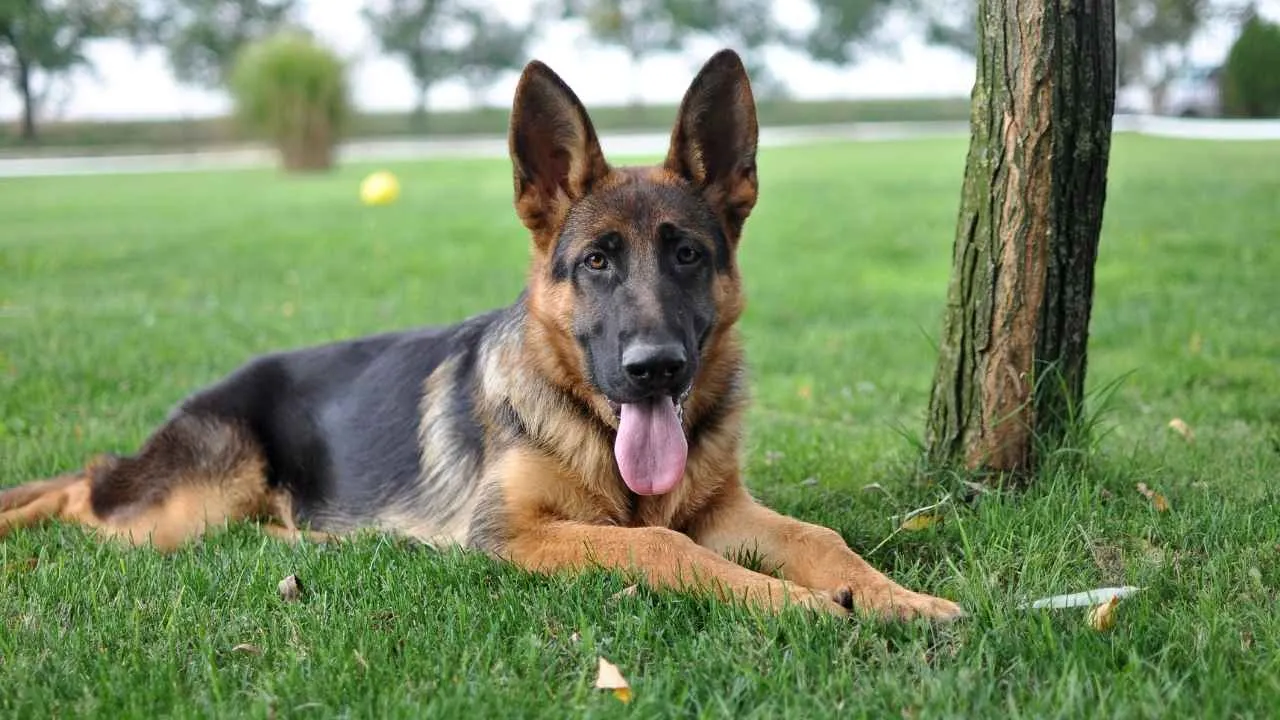
German Shepherds have long been recognized for their quick grasp of new commands. Their ability to retain and apply learned tasks makes them reliable in advanced roles. They often respond well even when presented with minimal cues during real-world tasks.
Task-Focused and Solution-Oriented
They excel in structured problem-solving, especially in guided environments. German Shepherds can link cause and effect through repetition, making them suitable for demanding scenarios. This quality is often demonstrated in law enforcement and protection training.

Natural Fit for Competitive Obedience
Their consistent performance in obedience competitions comes from a mix of trainability and mental discipline. These dogs respond to clear boundaries and excel when given tasks that challenge both their mind and movement. It’s a known strength in breed rankings.
Brains That Keep Up With the Energy
German Shepherds are energetic dogs that require both mental and physical stimulation, as per Orvis. Their learning capacity often keeps pace with their activity level, making them suitable for roles that demand focus over extended periods without distraction.
5. German Shorthaired Pointer
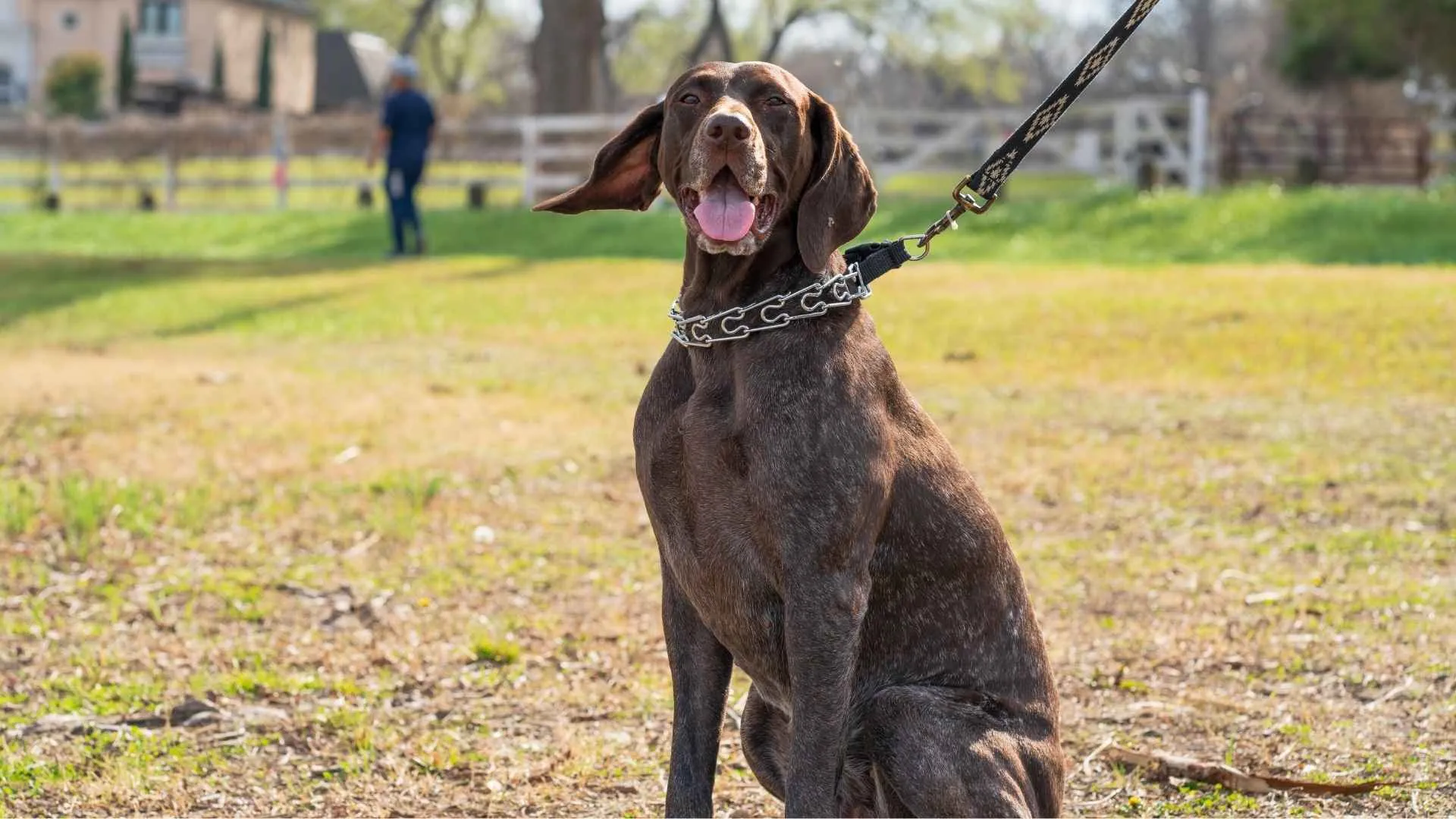
German Shorthaired Pointer is highly responsive to detailed instructions and can pick up new skills quickly. They are known for their problem-solving ability and for staying alert during complex activities. Their intelligence stands out most during structured work or active play.
High Energy Meets High Brainpower
They perform best in settings where they are mentally and physically engaged. Without regular mental stimulation, they may develop repetitive habits or show restlessness indoors. Their alertness is naturally supported by their active lifestyle.
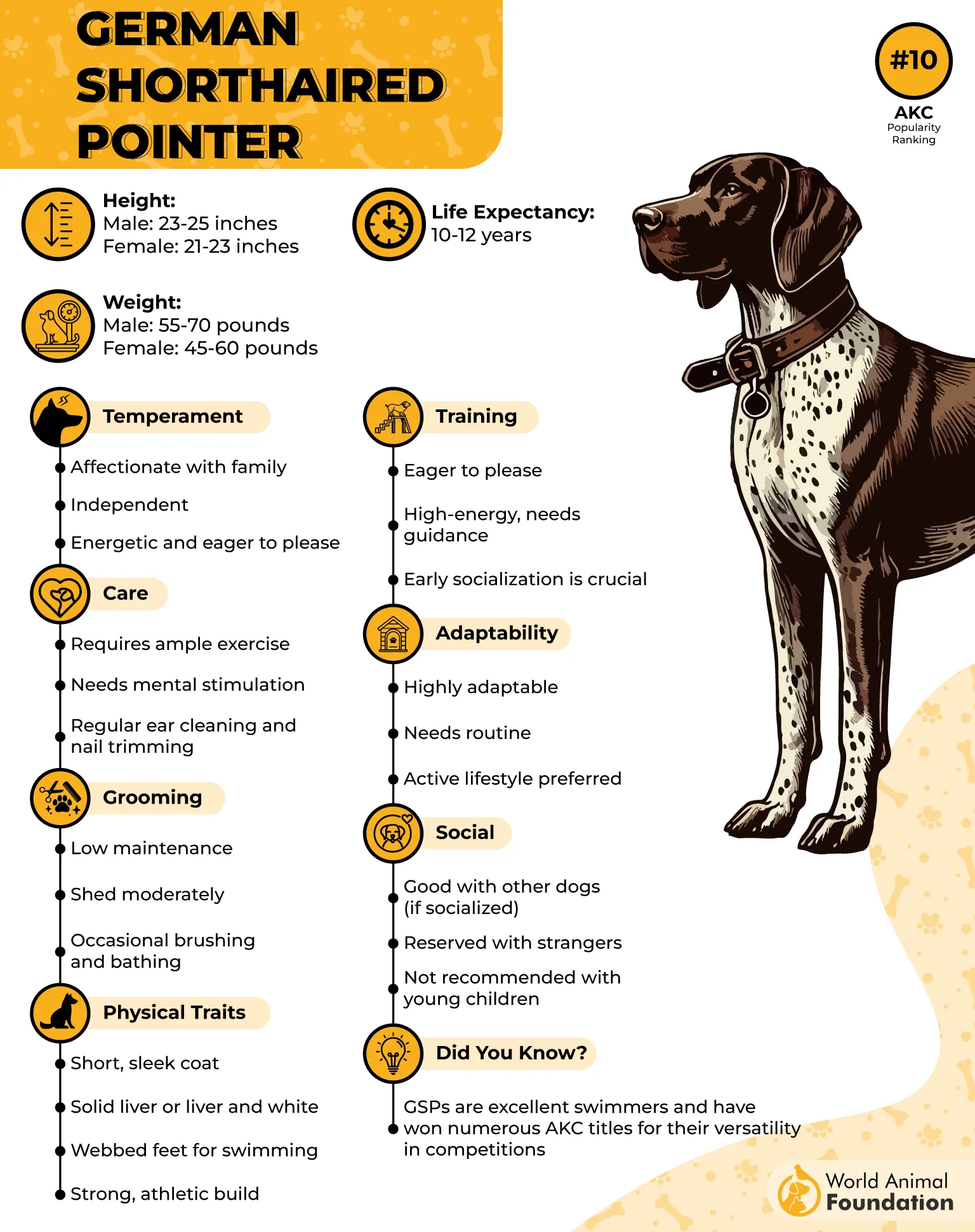
Well-suited to Structured Training
These dogs often thrive in environments with consistent rules and tasks. Their success in field trials and canine sports has been closely tied to early obedience training. This helps channel their energy into precise and goal-driven work.
Bred for Smart, Versatile Performance
They were originally bred in Germany as all-purpose hunting dogs able to point, track, and retrieve. Their ability to shift between different roles in the field shows how flexible their learning capacity is, even in unpredictable situations.
6. Rottweiler
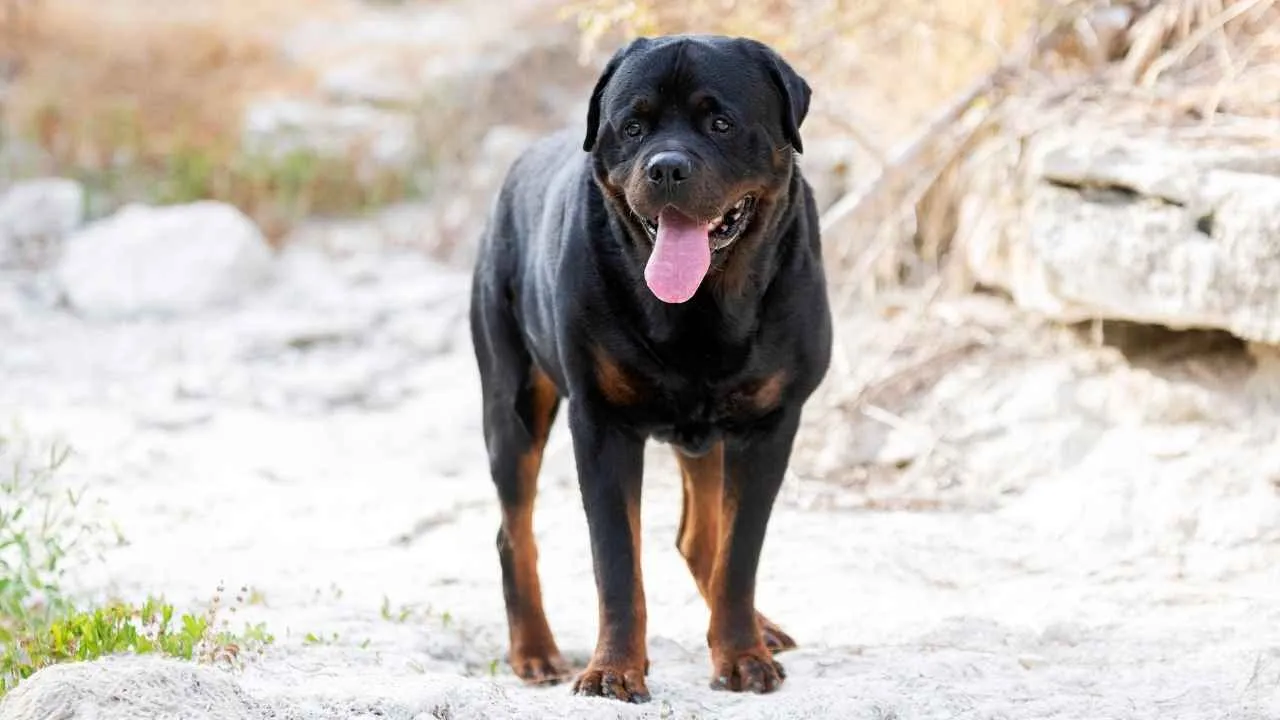
Rottweilers were originally bred as herding and cart-pulling dogs, which required quick thinking and precise control. Their ability to retain commands and respond under pressure has kept them in demand for modern working roles. This background supports their strong problem-solving ability.
Responsive to Structured Training
They are known to excel in environments where discipline and consistency are emphasized. When given tasks that involve tracking or guarding, they respond with reliability and purpose. Their success in competitive events also highlights their capacity for agility and obedience.
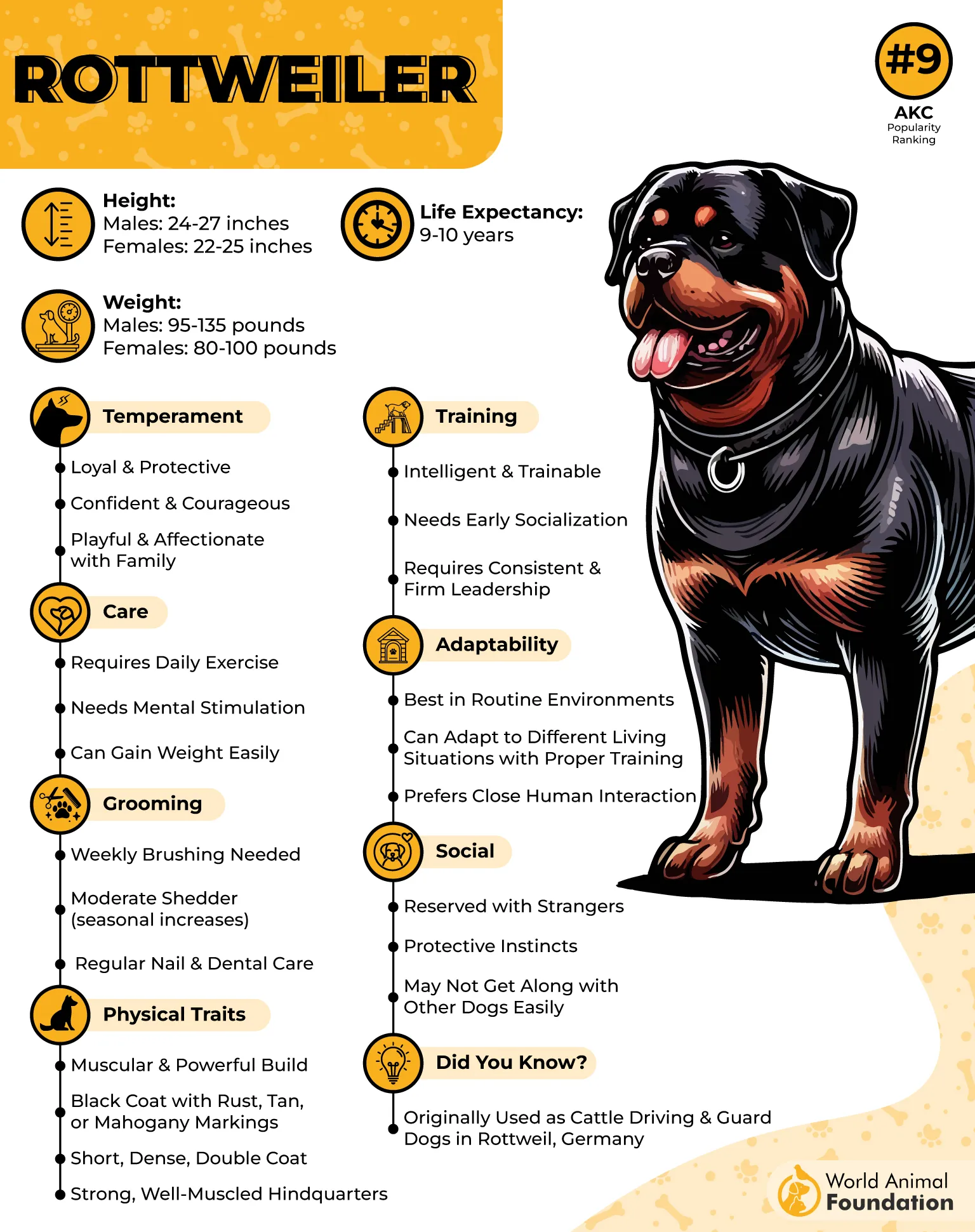
Strong Drive Backed by Control
This breed is often described as powerful yet deliberate. They have boundless energy but typically channel it into task-focused activities when trained early. Even simple routines become opportunities for them to stay mentally and physically engaged.
Proven Capability Through High Intelligence
Rottweilers are frequently listed among breeds with high intelligence, especially in areas involving decision-making. Across the canine world, they are respected for their ability to learn, assess, and apply training in real-world situations.
7. Australian Cattle Dog
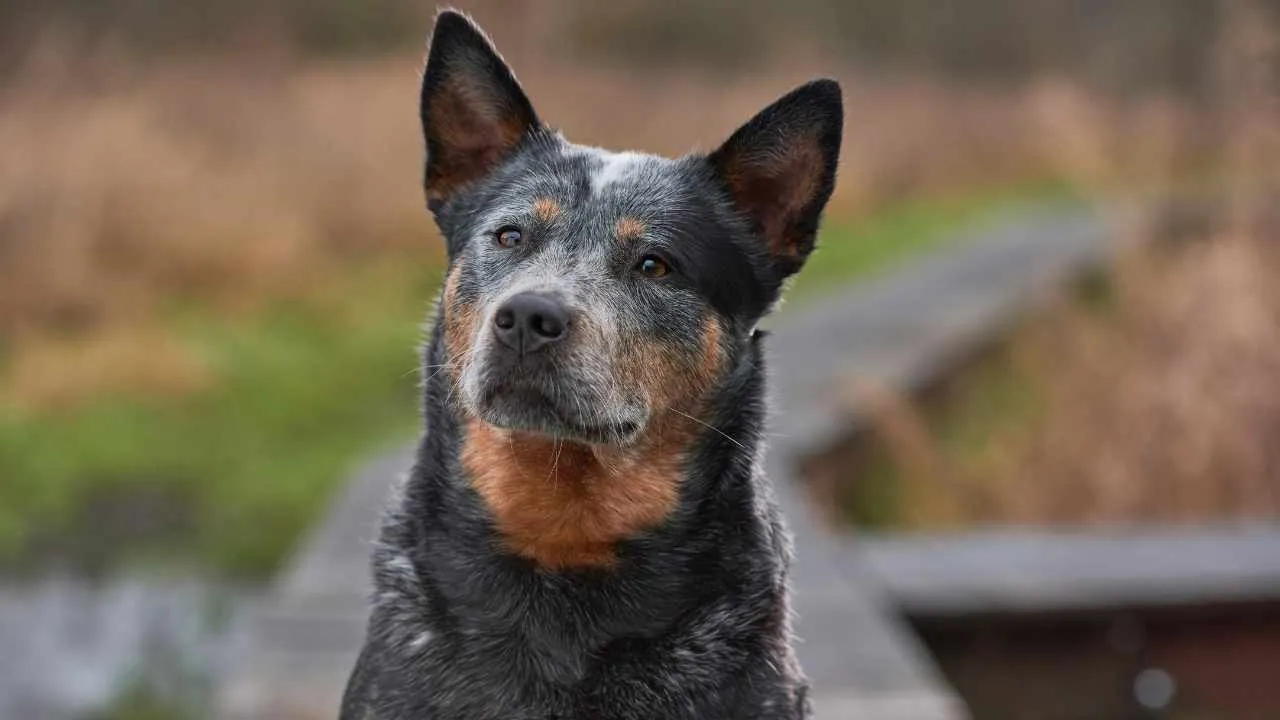
This breed was developed for independent decision-making while managing livestock over long distances. They show precise control and quick judgment even in unpredictable settings. Their work ethic reflects sharp problem-solving that doesn’t rely on constant guidance.
Work-Driven Focus and Mental Endurance
Australian Cattle Dogs are known for their ability to stay alert and task-oriented for long hours. Their intelligence shows in how they assess surroundings, detect patterns, and react with instinctive precision. These traits are especially visible during fieldwork and drills.
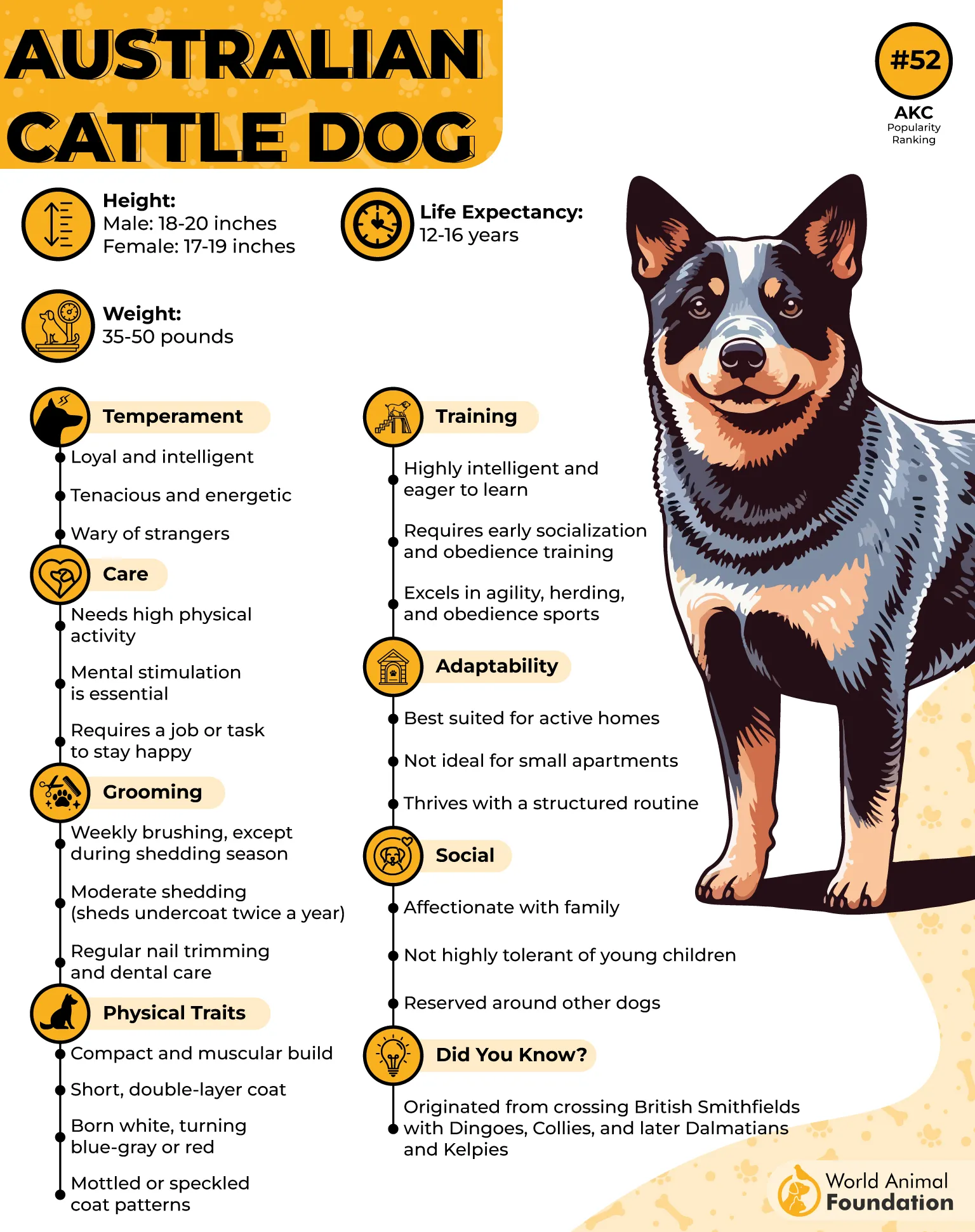
Strong Performers in Athletic Environments
They are natural athletes with the coordination and speed needed for high-pressure tasks. Their performance in agility competitions often reflects how well they respond to fast-paced, complex challenges. Physical activity is both a need and a mental outlet for this breed.
Early Training Shapes Their Strengths
Early socialization plays a big role in balancing their sharp mind with adaptability in busy environments. When mentally stimulated and properly trained, they become extremely good at anticipating commands and handling structured routines without hesitation.
8. Border Collie
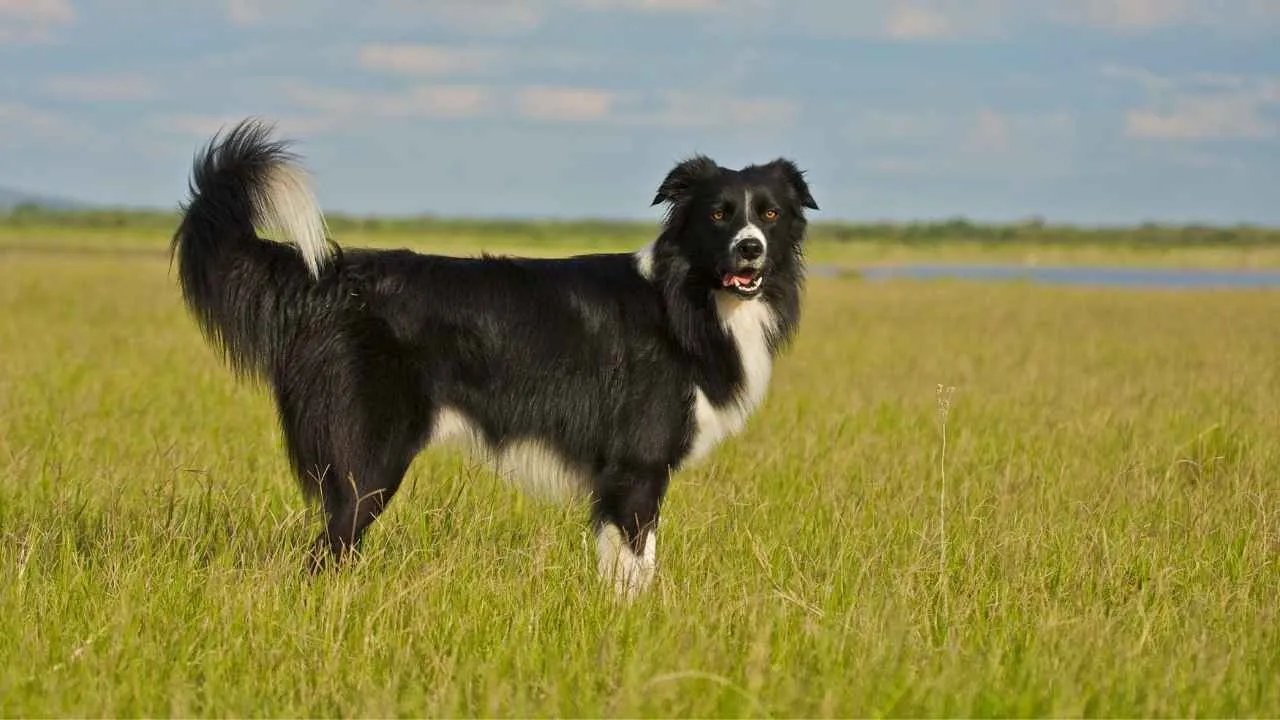
Border Collies are highly regarded for their ability to make split-second choices during herding tasks. Their mental agility allows them to assess movement, direction, and timing without constant instruction. This makes them one of the most self-guided workers among domestic breeds.
Remarkable Focus in Active Settings
They can stay engaged for long periods, especially when working with sheep or performing in obedience competitions. Their intense gaze, often called the “eye,” is a herding dog trait used to control livestock with minimal physical contact. It reflects both instinct and control.
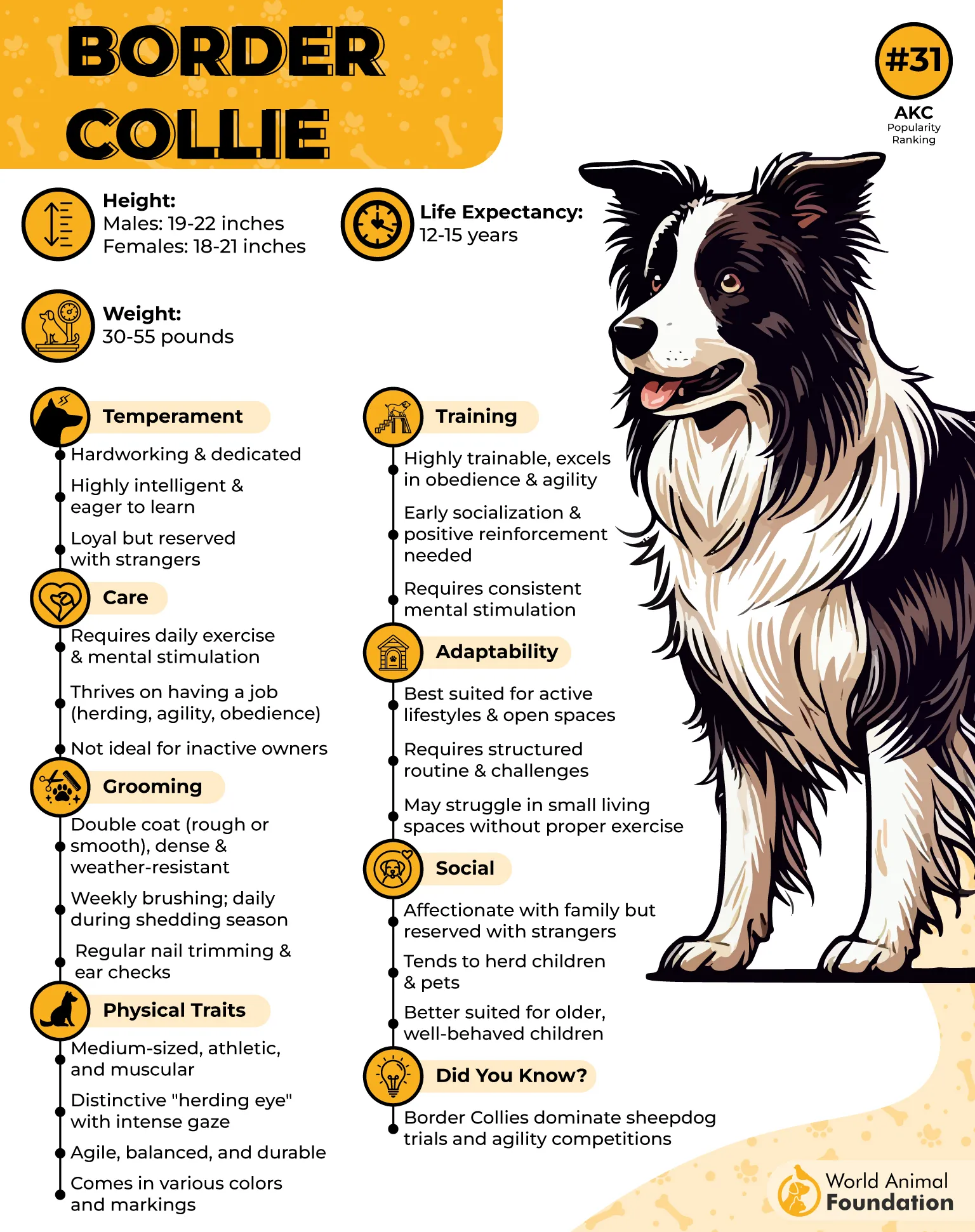
Problem-Solving Skills Backed by Experience
Border Collies regularly demonstrate the ability to link patterns, anticipate behavior, and react appropriately in unpredictable settings. These qualities make them ideal for environments that demand both mental and physical precision, such as agility sports or rural farm work.
Among the Most Intelligent Breeds in the Canine World
Widely listed among the most intelligent dog breeds, Border Collies combine instinct, training potential, and decision-making. Their performance continues to set the standard for what intelligent breeds are capable of when given the right guidance and challenges.
9. English Springer Spaniel
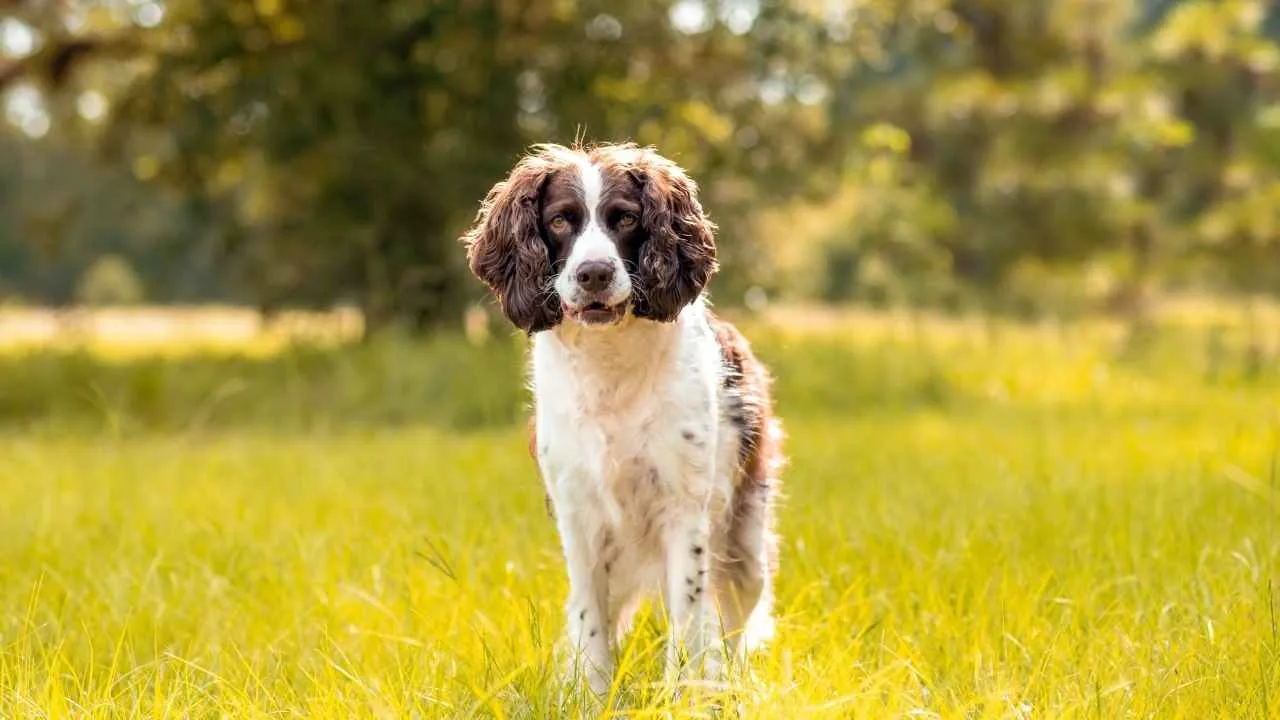
English Springer Spaniels have long been valued for their quick decision-making in hunting environments. They can assess terrain, locate birds, and respond to commands with split-second precision. This sharp instinct remains just as active in non-working homes.
Strong Retention and Task Recall
They’re capable of remembering complex sequences, including hand signals, directional cues, and scent commands. Once trained, they can carry out tasks even in distracting environments. This level of retention supports their work in search and rescue operations.
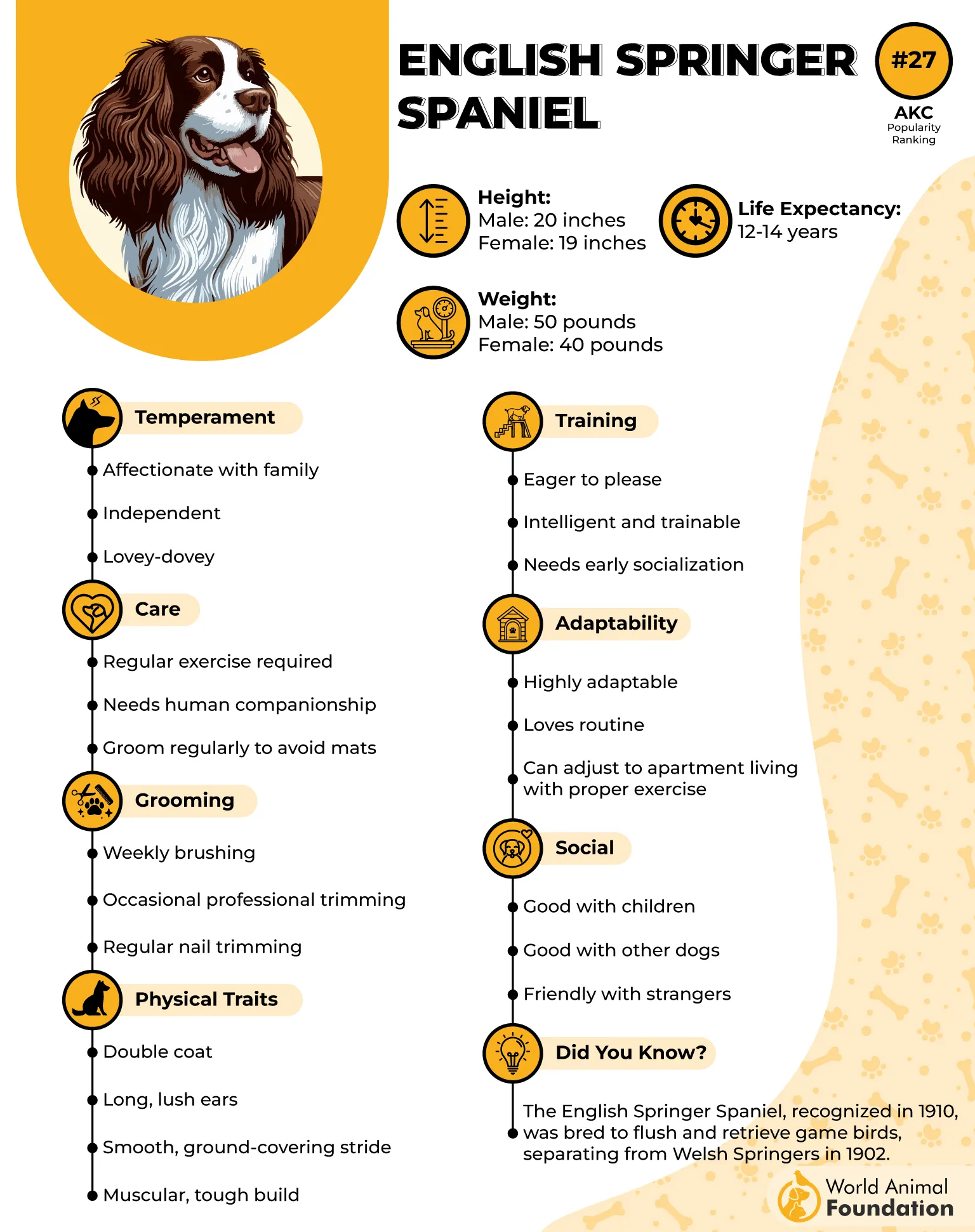
Responsive and People-Oriented
Their eagerness to cooperate makes them highly responsive to positive reinforcement. They quickly connect verbal praise, hand signals, and tone to expected behaviors. This sensitivity also allows them to adapt well to new people and settings.
Capable of Independent Judgement
English Springer Spaniels don’t just wait for direction—they observe, evaluate, and act when needed. Their independence is especially noticeable in field trials, where they often make quick choices to track or flush game without hesitation.
10. Golden Retriever
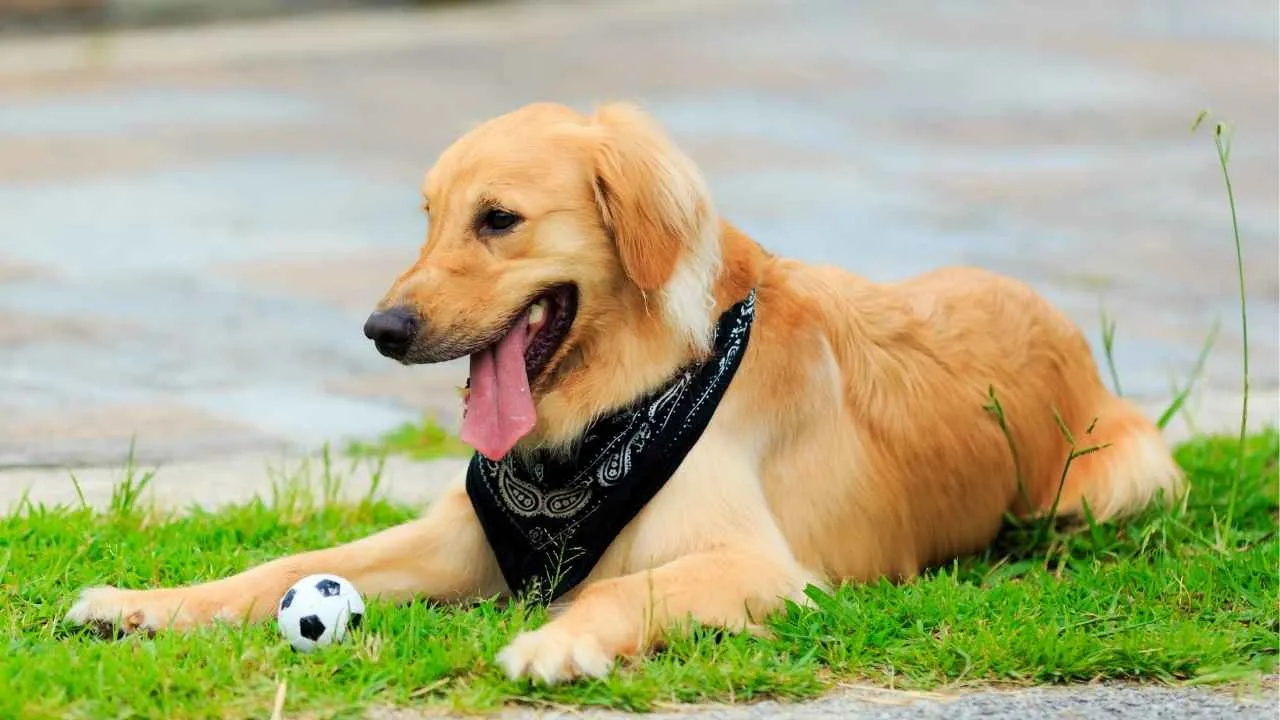
Golden Retrievers are often seen responding to human emotions with ease. They read subtle cues like tone and posture to adapt their behavior accordingly. This social awareness makes them reliable in homes with children, elderly people, or other animals.
Retention Skills That Build Reliability
They remember commands and routines even after a break in training, showing long-term memory strength. This trait allows them to respond calmly in therapy, obedience, or fieldwork situations. They also learn new commands in fewer repetitions than many other breeds.

Constant Need for Brain and Body Work
They require regular physical exercise to stay sharp, but their mind also demands daily stimulation. When given mentally enriching games or varied tasks, they stay better focused and engaged. A bored Golden often resorts to chewing or digging out of frustration.
Balanced Drive in Highly Active Environments
Golden Retrievers thrive in settings where they are both mentally and physically engaged. Their consistent performance in tracking, agility, and search activities places them among the most balanced and highly intelligent breeds seen in working roles.
Conclusion
You don’t need a trophy to spot brilliance in a dog—you just need to watch closely. The breeds in this list combine working intelligence with instinct, heart, and loyalty. Whether guiding livestock or serving as service dogs, these are working dogs built for a purpose.
Some even double as police dogs or search and rescue dogs thanks to their adaptive problem-solving skills. Even the occasional small dog can surprise you with sharp focus and fast reactions.
These aren’t just smart breeds—they’re versatile dogs who thrive with mental exercise and structure. Behind every command followed is a decision made. And that’s what true intelligence looks like.


